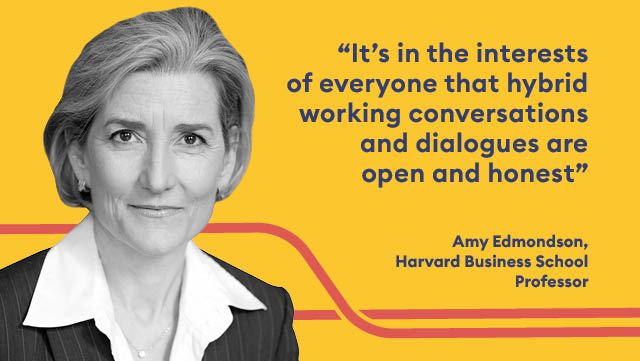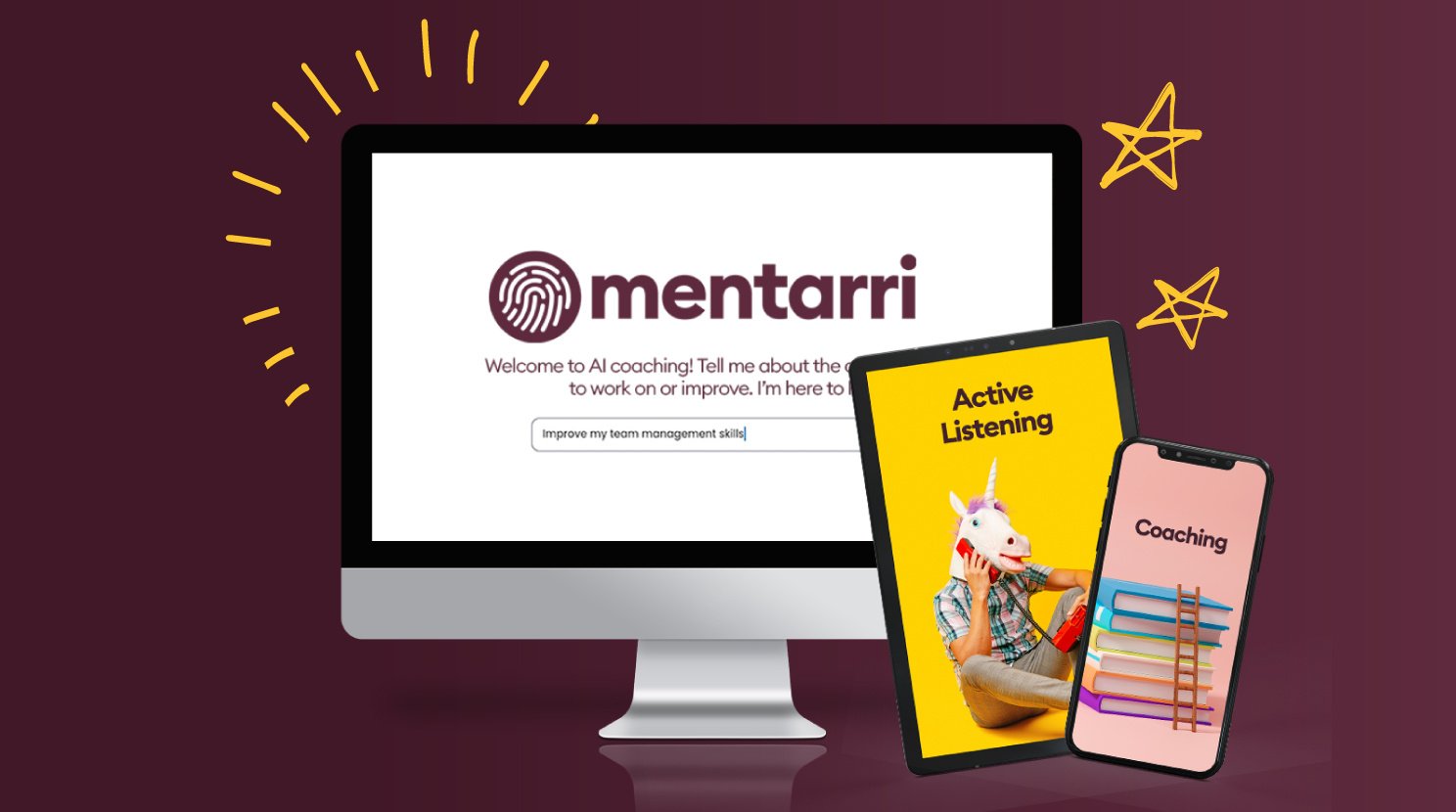As we emerge from the COVID-19 pandemic, how might psychological safety support the transition to what happens next?
The Covid-19 pandemic has thrown up once-in-a-lifetime challenges for all of us, not least in the way we work, whether we’ve been on the frontline of care, managing a team of people remotely or juggling work and home responsibilities.
As we emerge into our post-pandemic reality, those challenges show no sign of abating as we anticipate what our future working arrangements will be like. Talk of hybrid working, what that might mean and how it’ll work, is everywhere.
Organisations and employees alike are understandably anxious about what these arrangements will be and how they will play out.
The importance of creating space for productive conversations
I’ve written recently about how the pandemic’s blurring of work-life boundaries presents new challenges for managers and leaders as they make work set-up decisions that will inevitably need to take into account people’s personal circumstances, a very different proposition from conversations based solely around the work itself.
That makes it even more important that we create the space we need for the productive conversations that are essential to what happens next – and that needs more than healthy dose of psychological safety.
The blurring of personal and working lives has had some positive effects. The pandemic has given more of us permission to talk about things we tended not to talk about at work before, like wellbeing, or burnout or family members who need extra help – crucially, without fear of being seen as less serious or operating outside the norm. We’ve seen a greater recognition that we’re all human and that we don’t simply turn that off when we start work, an openness I hope will continue.
No road map for hybrid work, but psychological safety must be prioritised
But that doesn’t mean that conversations around work set up will be easy; they’ll need to be conducted with skill and compassion. Unless we’re very careful, they have the potential to be something of a minefield. I’m not a fan of the term “hybrid,” which risks implying an “us vs them,” “employee vs company,” all-or-nothing mindset. Working out how we classify and structure work arrangements calls for thoughtful, ongoing discussions. There’s no road map here; it’ll need to be a dynamic design process, characterised by experimenting and learning.
Involving employees and marshalling proper data about what people want will be crucial, but that’s not the whole story. When we’re looking to create new, safe working arrangements, we need to approach the challenge by looking not just at our work set-up, but at the work itself. We all need to see the bigger picture, to keep the whole in mind.
What we want are new arrangements that lead to great results: employees who are engaged and contributing and customers who are delighted. That may be an ideal, but we need to get as close as possible to it and not privilege one part of the equation over the other. That means “both-and” (rather than “either-or”) conversations about what the work needs and how best to create value: what does that look like? What do our customers need? How do we make it happen efficiently and to the highest standard and quality?
Why the solution will be found through discussion and inclusive practices
When location flexibility works on this basis, then we should go for it, but that won’t always be the case. We need to be realistic about how these questions are framed.
It’s in the interests of everyone that hybrid working conversations and dialogues are open and honest, that people take part in these discussions as a discovery process, anticipating and avoiding divides that don’t need to be there.
That’s why simplistic or one-size-fits-all solutions are unlikely to work. Hybrid means so many things to so many people: while some of us might be quite happy working indefinitely from home, that’s not the case for employees suffering from WFH loneliness or those eagerly anticipating a full-time return to their office desks, where they have a clear space to work and can interact more easily with their colleagues.
Absent a road map — as is always the case in new territory — we’ll need effective dialogue and a healthy dose of iteration if we are to succeed. This process needs everyone to contribute in reasonable, realistic ways and to understand that there’s unlikely to be an opportunity or capacity to please everyone.
Psychological safety will be an essential enabler for those contributions, but it’ll also be a crucial factor when it comes to creating work arrangements that balance personal and organisational needs.
In practice: five strategies for successful “hybrid” working conversations*
Step 1: Set the scene
Have a discussion with your team to help them recognise not only their challenges, but yours as well. Emphasise shared ownership of the problem.
Step 2: Lead the way
Expose your own vulnerability by sharing your own WFH/hybrid work personal challenges and constraints. Be vulnerable and humble about not having a clear plan and be open about how you’re thinking about managing your own challenges.
Step 3: Take baby steps
Don’t expect your employees to share their most personal and risky challenges right away. It takes time to build trust, and even if you have a healthy culture of psychological safety around work, remember that personal life is a new domain.
Step 4: Share positive examples
Be transparent about seeking new arrangements that serve both individual needs and organisational goals. Provide employees with the evidence they need to buy in voluntarily.
Step 5: Be a watchdog
Psychological safety takes time to build, but moments to destroy. Be vigilant and push back when you notice employees make seemingly innocent comments like “We want to see more of you” or “We could really use you,” which may leave employees feeling they’re letting their teammates down.
* Source: extracted from What Psychological Safety Looks Like in a Hybrid Workplace, by Amy C. Edmondson and Mark Mortensen, hbr.org, April 2021
Register for insights and updates or implement one of our levy-funded leadership programmes by clicking on the button below.

















